Ready for your next sales promotion?
For some ecommerce teams, it’s a time-consuming task deciding which items to markdown and how to publicize a sales event. However, sales promotions play an integral role in attracting customers.
A survey found that up to 50% of consumers make a purchase only with a promotion. Shoppers desire a good deal before they invest in your products. Moreover, your business may want the additional revenue.
“Sales promotions can give you the edge you’re looking for when it comes to revenue. Successful companies know that sales promotions are among the most effective methods of increasing sales and building customer satisfaction,” writes Emily Weisberg, content marketing manager at ThriveHive.
Take a strategic approach when planning your sales promotions. Below are five smart ways to help your team.
1. Select Specific Incentives
Sales promotions take various shapes and forms. Cater your incentives to fit your consumers’ needs.
Start by using customer analytics. Historical purchasing habits can uncover what promotions performed well. Social media comments also provide first-hand details on whether customers possess interest.
Next, match your findings with a sales initiative. From mystery discounts to purchased-based donations to bundle sales, several options exist.
Monetate “found that 56% of businesses agree that flash-sale campaigns are better received than regular campaigns.” Limiting the timeframe creates urgency for the customer to act now.
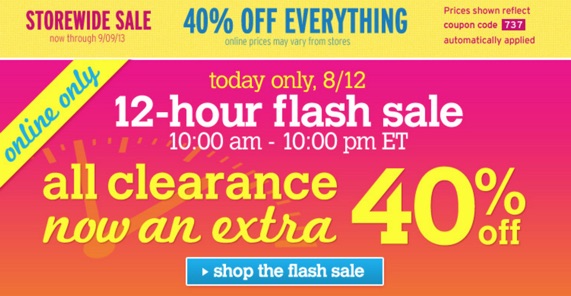 (Image Source)
(Image Source)
Thinking about free offers? PaySimple’s Vice President of Knowledge Lisa Hephner explains the power of free incentives:
“Everyone loves free. Whether it’s free gifts, free refills, or free service segments, free sells. One of the most powerful free offers is free shipping for online orders, as evidenced by multiple studies where respondents highlight it as the most important factor in making a purchase decision.”
Figure out the best promotions for your customers. Review your data before moving forward.
2. Cross-Sell With a Purpose
Every sales promotions doesn’t need to involve discounting your signature product. Instead, it can focus on secondary items.
Cross-selling is another opportunity to provide value to your customers. Buyers love convenience, and they want to save time shopping at one place. And it eliminates the hassle of sifting through multiple ecommerce sites.
Align your promotions with products that complement one another. Give consumers the chance to buy everything they need from your store.
“Savvy marketers use this concept to increase sales by informing consumers how one product complements another. Cross selling can take several forms. Understanding your customers’ motivations helps you choose which approach to take,” says Sara Huter, a contributor at BusinessBee.
For example, if your company sells cell phones, your team can offer a promotion on the accessories, like bluetooth earbuds, phone cases, or charging cables.
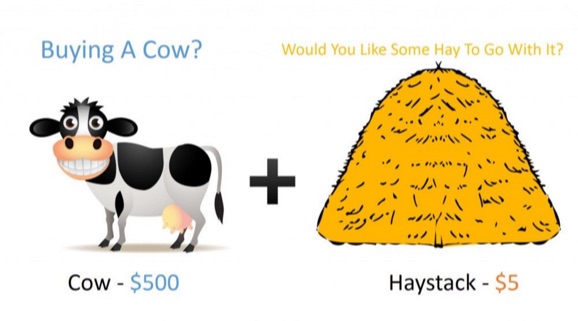 (Image Source)
(Image Source)
Research found that “cross-selling was shown to be much more effective when presented on the checkout pages versus the product pages.” So, add images of promotional products in the sidebar menu.
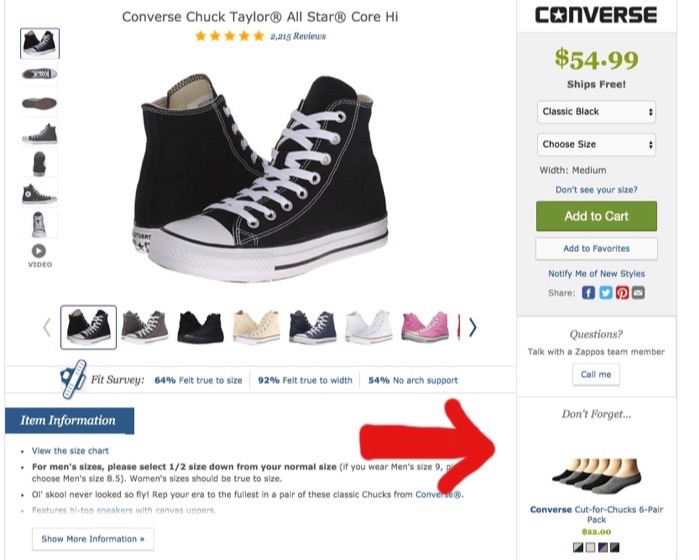
Plus, cross-selling aids with bringing in more cash flow for your business. Amazon credits up to 35% of its revenue to cross-selling.
Think differently about ecommerce sales promotions. Don’t remove cross-selling from your list of possibilities.
3. Microtarget Your Customers
Microtargeting isn’t a new technique to your team. Nevertheless, you may be failing to put it into practice.
Segmenting your audience lets your business offer the right promotions to the right individuals. Customization speaks directly to consumers—signaling that you know exactly what they need.
Melissa Jenkins of Mel Jens Designs believes “running a successful promotion is all about finding that delicate balance between audience segmentation, great timing and setting the perfect price or placing the perfect offer.”
Examine your data to segment properly. Try geographical locations, buying habits, income levels, or even past purchasing behavior.
Dealers United Auto Group created mock ads targeted for car shoppers within 25 miles of the dealership that possess an interest in pets. Specificity is vital for effective micro targeting.
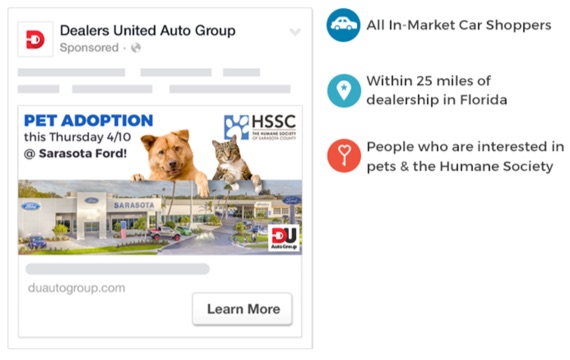 (Image Source)
(Image Source)
A study reveals that 51% of marketers believe sharing data across their organizations is a major issue. Avoid data limitations that will hinder segmentation for your sales promotions.
Create an open dialogue across departments to gather all data about your customers. You’ll have more knowledge to build an accurate buyer persona.
Pinpoint who needs to know about your sales event. Microtargeting is a benefit to your company.
4. Hype Up Engagement
Draw attention to your sales promotions with social media and email campaigns. This extra engagement will get people interested in your sales incentives.
Facebook users spend an average of 50 minutes a day on its multiple platforms. Work with your team to promote sales on your social pages. Or even enlist the help of industry influencers to spread the word.
User-generated content (UGC) is also another way to lure shoppers toward your brand. Actual consumers enjoying your products authenticates your value to hesitate buyers.
“User-generated photos are a great way to generate social proof. Prospective customers see that your products are regularly being purchased people just like them, and feel more comfortable doing something that others are doing,” says Dan Wang, a content specialist at Shopify.
Big box retailer Target retweeted a post from loyal shoppers who made a funny video in one of its stores. Encourage customers to submit UGC of them unboxing your products.
Also, keep your email subscribers in the loop about promotions. Craft engaging emails that explain the benefits, provide social proof, and use a distinct call-to-action.
“When it comes to creating a high-converting marketing offer email, the final piece of the puzzle is using a prominent call to action button. This is important because buttons make it clear to the reader what the next step is and encourage them to click-through,” states Aaron Beashel, director of demand generation at Campaign Monitor.
Shout your sales promotions from the rooftop. Get shoppers excited to participate.
5. Move Toward Customer Loyalty
Returning customers spend on average 67% more than first-time customers. Consider promotions as a pathway to retaining customers.
Give your customers an opportunity to discover your brand’s values and culture. Sign up shoppers for your weekly newsletter, or enroll them in your rewards program.
Customer loyalty centers around building worthwhile relationships. However, buyers may only be interested in your promotions.
“The use of sales promotions can be positively utilised in order to encourage brand loyalty and brand switching by companies. However, academic research suggests that consumers can become loyal to sales promotions rather than a brand,” states Zhorna Ali, a sales and marketing assistant at M3.
To avoid consumers from brand switching, companies must thoroughly personalize their sales promotions strategy. Focus on specific product categories to remain competitive within the market.
Rather than giving sales incentives to everyone, Bare Escentuals limits its promotions to its loyal fans called Beauty Insiders. In the example below, customers received three free items with any order.
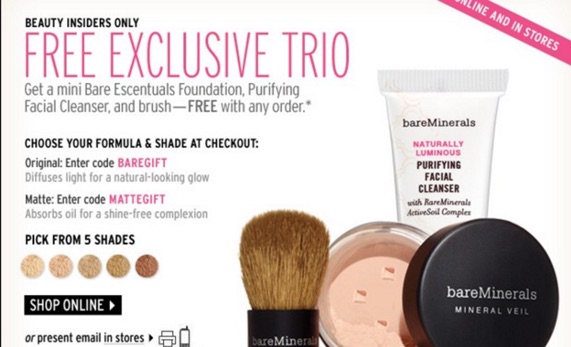 (Image Source)
(Image Source)
Create plans to engage customers beyond your sales promotions. Earn their loyalty.
Prep for Sales Promotions
Planning for your next sales event involves lots of time and decision-making. You want to boost your revenue and satisfy customers.
Choose buyer-specific incentives that will attract people. Cross-sell products that complement one another. And think beyond the promotion by focusing on customer loyalty initiatives.
Upgrade your sales promotion. Prepare for it today.
About the Author: Shayla Price lives at the intersection of digital marketing, technology and social responsibility. Connect with her on Twitter @shaylaprice.

source
https://blog.kissmetrics.com/plan-your-ecommerce-promotion/
 Apple dropped the first beta for iOS 10.2 today. And it comes with the latest update in emoji innovation. You may have noticed that Apple already redesigned most of the core emojis and added new gender and race options with iOS 10. But the company didn’t stop there. With iOS 10.2, Apple is adding full Unicode 9.0 support. Given that hundreds of millions of people use Apple-flavored… Read More
Apple dropped the first beta for iOS 10.2 today. And it comes with the latest update in emoji innovation. You may have noticed that Apple already redesigned most of the core emojis and added new gender and race options with iOS 10. But the company didn’t stop there. With iOS 10.2, Apple is adding full Unicode 9.0 support. Given that hundreds of millions of people use Apple-flavored… Read More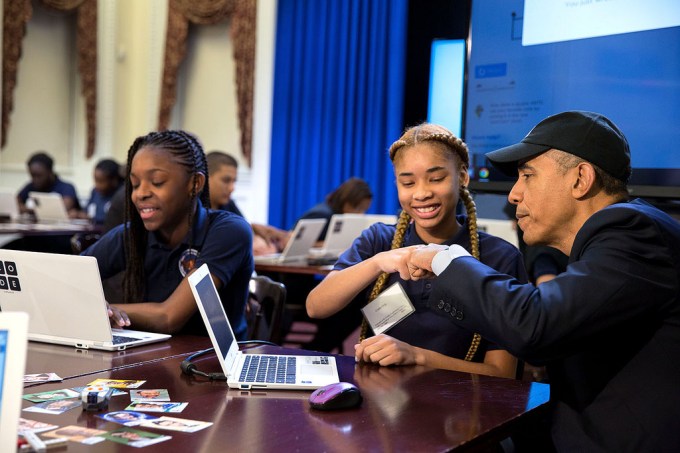 When President Obama turns over the keys to 1600 Pennsylvania Avenue, he’ll also handing over a number of high profile social media accounts. Eight days ahead of the election, the White House is outlining how the transfer of social power will go when the commander-in-chief steps aside early next year. The President’s Twitter account, for one, will be getting a fresh start of…
When President Obama turns over the keys to 1600 Pennsylvania Avenue, he’ll also handing over a number of high profile social media accounts. Eight days ahead of the election, the White House is outlining how the transfer of social power will go when the commander-in-chief steps aside early next year. The President’s Twitter account, for one, will be getting a fresh start of… 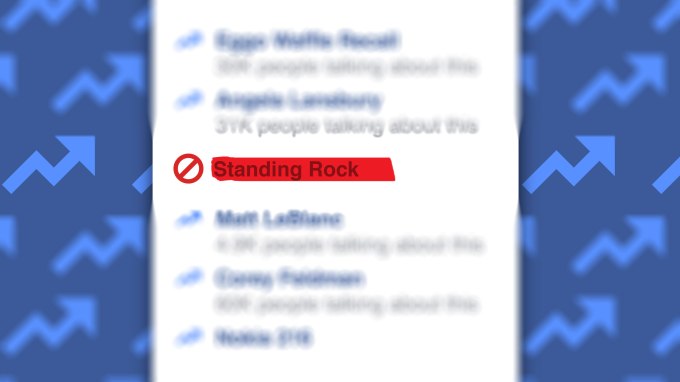 A massive social media protest is exploding on Facebook, not Twitter for a change, yet Facebook’s dehumanized Trending system wasn’t picking it up. People around the country are checking in on Facebook at the Standing Rock Native American Reservation in an effort to supposedly hinder local Morton County police from targeting protesters attending in person to fight an oil…
A massive social media protest is exploding on Facebook, not Twitter for a change, yet Facebook’s dehumanized Trending system wasn’t picking it up. People around the country are checking in on Facebook at the Standing Rock Native American Reservation in an effort to supposedly hinder local Morton County police from targeting protesters attending in person to fight an oil…  Like wildfire, the latest viral protest spreading across the internet involves Facebook users checking in at Standing Rock, ND en masse to “confuse” and “overwhelm” law enforcement authorities seeking to disrupt ongoing protests against the proposed path of an oil pipeline. The viral Facebook post claims that the local sheriff’s department in Morton County is…
Like wildfire, the latest viral protest spreading across the internet involves Facebook users checking in at Standing Rock, ND en masse to “confuse” and “overwhelm” law enforcement authorities seeking to disrupt ongoing protests against the proposed path of an oil pipeline. The viral Facebook post claims that the local sheriff’s department in Morton County is… 




 Does the world need another live video app? Meerkat’s demise might suggest not, but that hasn’t stopped Vine’s co-founders from screwing their courage to the sticking place and stepping into a highly contested space with the launch of an iOS app called Hype — days after Twitter announced it would be shuttering their looping video app, apparently without even doing them…
Does the world need another live video app? Meerkat’s demise might suggest not, but that hasn’t stopped Vine’s co-founders from screwing their courage to the sticking place and stepping into a highly contested space with the launch of an iOS app called Hype — days after Twitter announced it would be shuttering their looping video app, apparently without even doing them… 



 https://moz.com/blog/moz-keyword-explorer-vs-google-keyword
https://moz.com/blog/moz-keyword-explorer-vs-google-keyword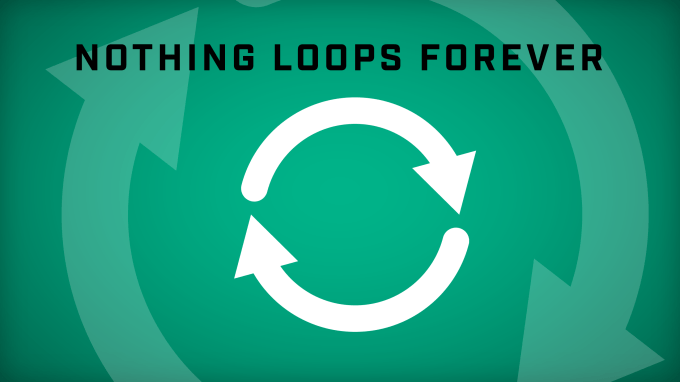 The death of Vine was perhaps not entirely unexpected, but it’s sad nevertheless. Luckily, six-second videos are pretty easy to archive for posterity, and all-purpose GIF platform Giphy wants you to do just that.
The death of Vine was perhaps not entirely unexpected, but it’s sad nevertheless. Luckily, six-second videos are pretty easy to archive for posterity, and all-purpose GIF platform Giphy wants you to do just that. 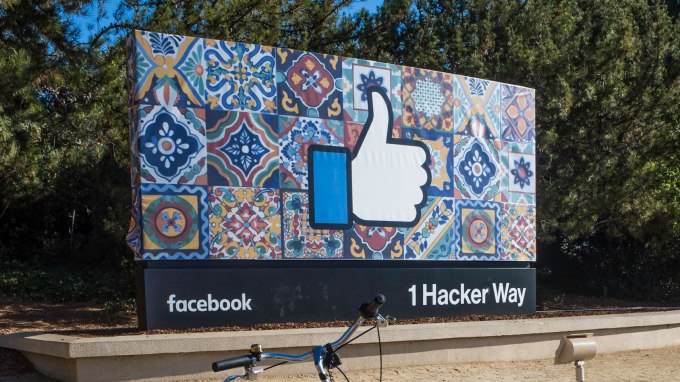 ProPublica pointed to some potentially problematic Facebook ad capabilities today — specifically, the ability to include or exclude users from a given ad campaign based on their “ethnic affinity.” These capabilities have existed for a while (Facebook told ProPublica’s Julia Angwin and Terry Parris Jr. it began offering them within the past two years as part of its…
ProPublica pointed to some potentially problematic Facebook ad capabilities today — specifically, the ability to include or exclude users from a given ad campaign based on their “ethnic affinity.” These capabilities have existed for a while (Facebook told ProPublica’s Julia Angwin and Terry Parris Jr. it began offering them within the past two years as part of its… 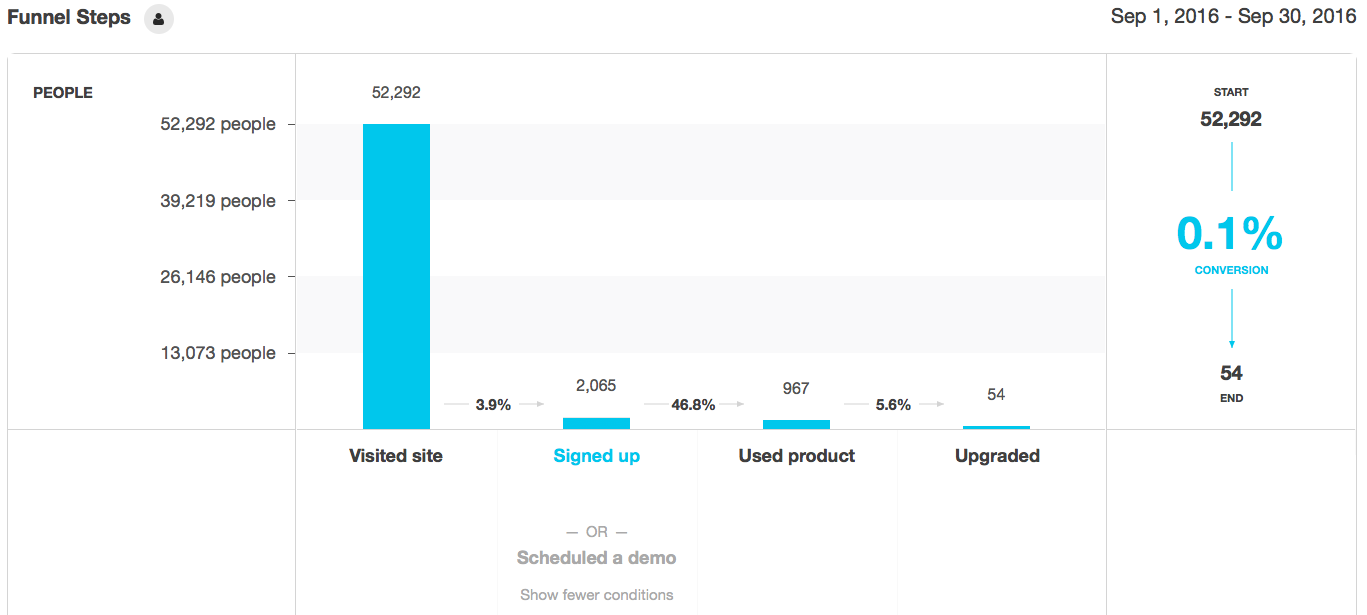

 A seismic shift in privacy policy by messaging app WhatsApp this summer, when it said it would begin sharing user data with parent company Facebook including for ad targeting, has now attracted the attention of European’s data protection watchdog group, the Article 29 Working Party.
A seismic shift in privacy policy by messaging app WhatsApp this summer, when it said it would begin sharing user data with parent company Facebook including for ad targeting, has now attracted the attention of European’s data protection watchdog group, the Article 29 Working Party.  Gfycat, the startup that recently raised a whopping $10 million for its user-generated content platform that lets you creating silent, looping animations and videos, has now launched its first mobile app. Designed for iMessage, Gfycat lets you search for, send and create your own “Gfycat Loops,” which you can also augment with your own emojis and captions. There are already a number…
Gfycat, the startup that recently raised a whopping $10 million for its user-generated content platform that lets you creating silent, looping animations and videos, has now launched its first mobile app. Designed for iMessage, Gfycat lets you search for, send and create your own “Gfycat Loops,” which you can also augment with your own emojis and captions. There are already a number… 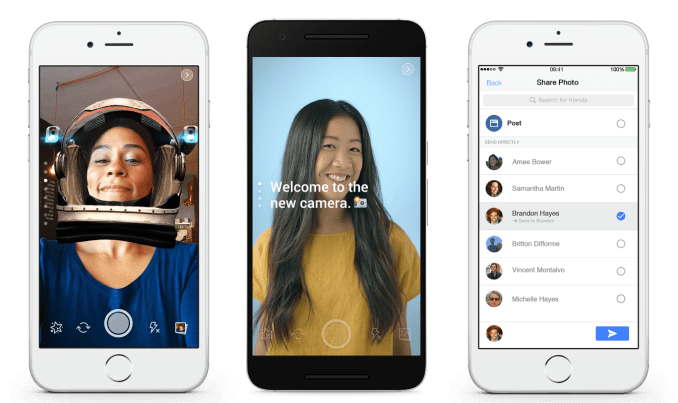 Facebook is overhauling its in-app camera to embrace the next era of augmented reality visual communication pioneered by Snapchat. The new features include Snapchat-style animated selfie masks, overlaid graphics, and geofilters; Prisma-esque fine art-themed style transfer filters and some innovative new “reactive” filters that respond to your body’s movements. What Facebook…
Facebook is overhauling its in-app camera to embrace the next era of augmented reality visual communication pioneered by Snapchat. The new features include Snapchat-style animated selfie masks, overlaid graphics, and geofilters; Prisma-esque fine art-themed style transfer filters and some innovative new “reactive” filters that respond to your body’s movements. What Facebook… 




